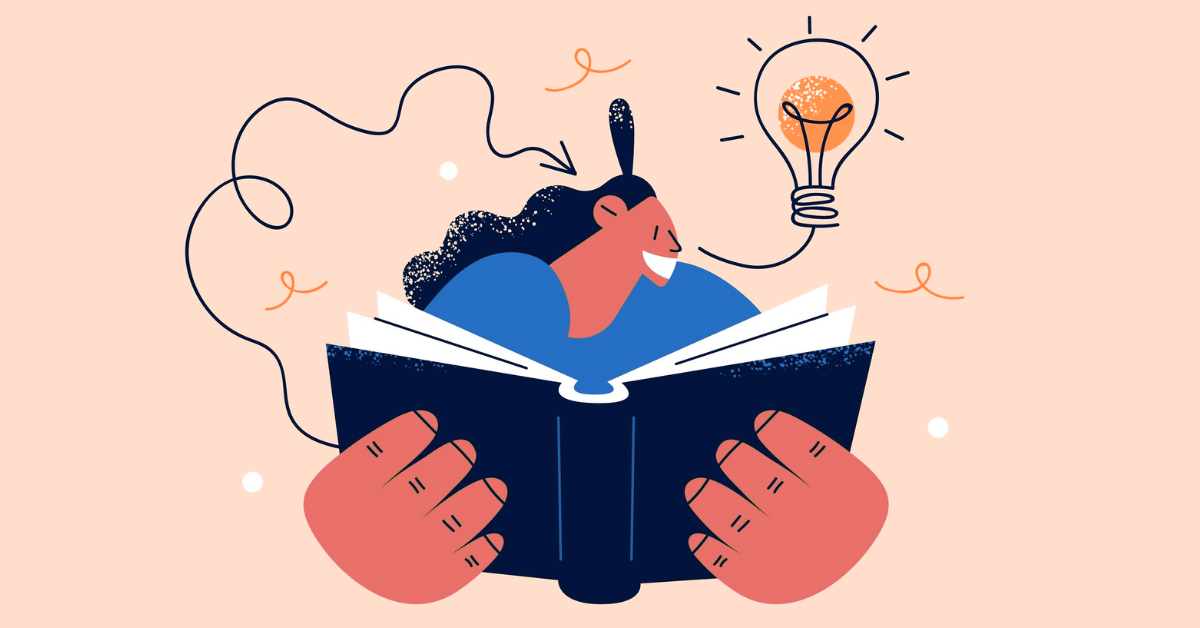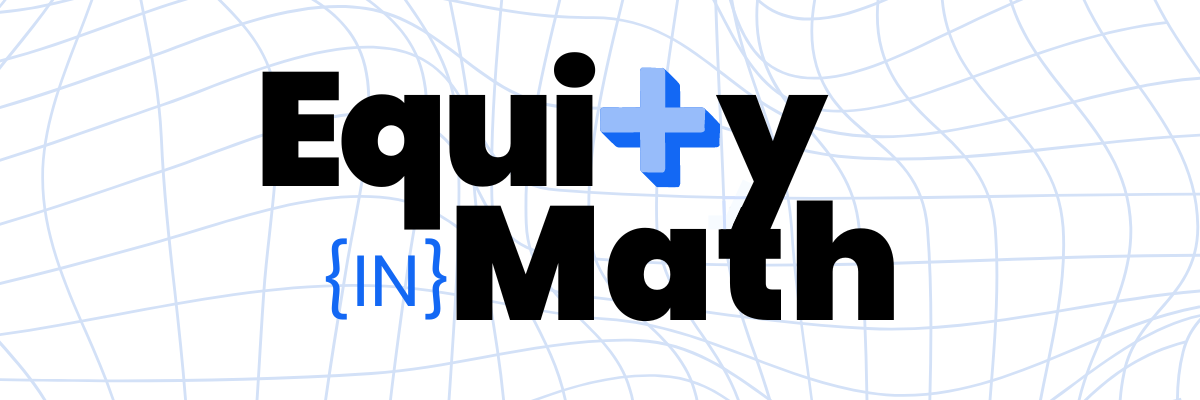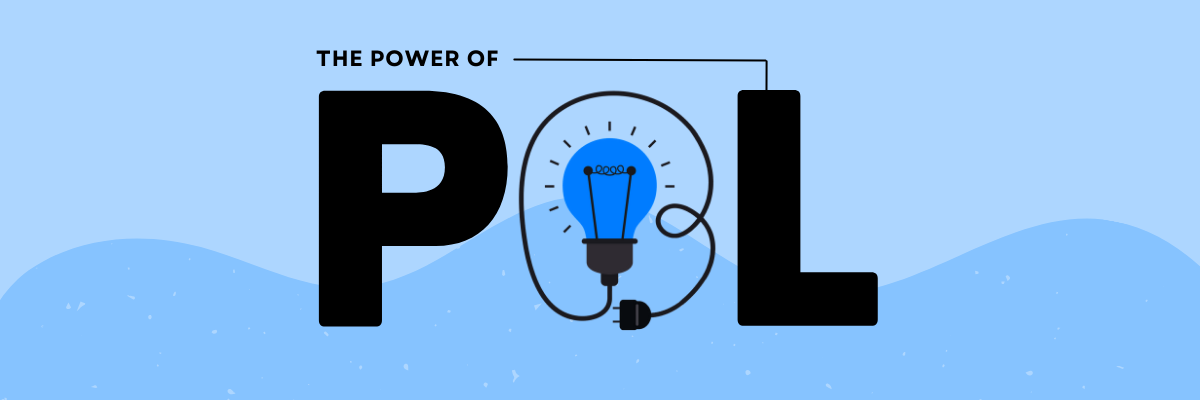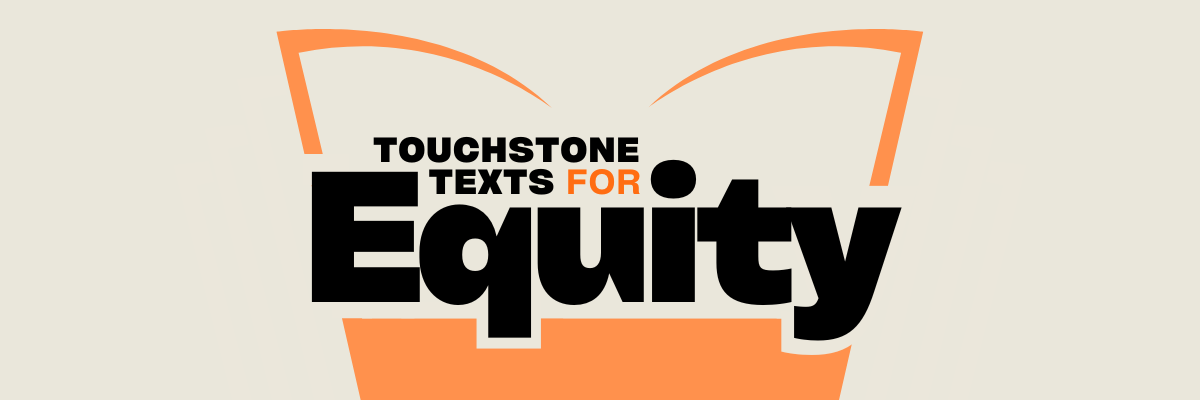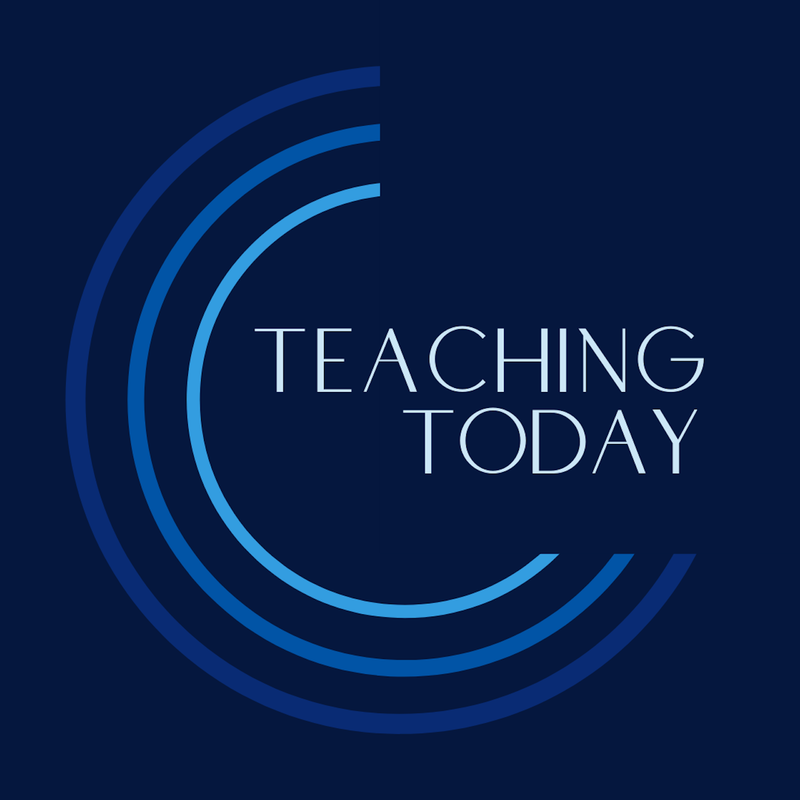|
Advanced AI has revolutionized writing, yes, but teachers don't need to fear being replicated or replaced.
As technology continues to advance, the field of education is not immune to its effects. One such area that is likely to see significant change as a result of advancements in AI is the high school English Language Arts (ELA) classroom. In particular, the emergence of AI language models like OpenAI's ChatGPT is poised to revolutionize the way students approach writing assignments and the way teachers grade them.
One major impact that ChatGPT is likely to have is in the realm of writing assistance. With its advanced natural language processing capabilities, ChatGPT can offer suggestions for grammar, spelling, and syntax in real-time, making the writing process much smoother for students. This can be particularly helpful for students who struggle with writing or for those who are learning English as a second language. ChatGPT can also provide students with suggestions for word choice and sentence structure, helping them to express their ideas more effectively. Another potential impact of ChatGPT on high school ELA classrooms is in the area of essay grading. Currently, teachers often spend a significant amount of time grading writing assignments, which can be a time-consuming and subjective process. With the help of ChatGPT, however, this process could become much more efficient and objective. ChatGPT's ability to understand and analyze language can allow it to grade writing assignments based on factors such as grammar, syntax, and coherence, freeing up teachers to focus on providing feedback on content and critical thinking skills. Of course, the integration of ChatGPT into the high school ELA classroom is not without its challenges. One concern is that relying too heavily on AI writing assistance could result in students becoming overly reliant on the technology and losing their ability to write effectively on their own. It will be important for teachers to strike a balance between utilizing ChatGPT's capabilities and ensuring that students are still developing their writing skills through independent practice. Another concern is the potential for ChatGPT to perpetuate biases in language and writing. For example, the model has been trained on a large corpus of text that reflects the dominant cultural and linguistic norms of the internet, which may not accurately reflect the diverse experiences and perspectives of students. Teachers will need to be mindful of this and actively work to promote inclusivity and equity in their writing assignments and grading practices. In conclusion, the integration of ChatGPT into high school ELA classrooms has the potential to significantly impact the writing process for both students and teachers. With its advanced natural language processing capabilities, ChatGPT can offer valuable assistance with grammar, spelling, and syntax, as well as provide objective grading of writing assignments. However, it will be important for teachers to balance the use of AI with traditional writing practices to ensure that students continue to develop their writing skills and that inclusivity and equity are promoted in the classroom.
Everything that you have read up to this point was produced by ChatGPT in less than 32 seconds.
It was produced to answer the prompt, “Write an article discussing how ChatGPT will influence writing in the secondary English Language Arts classroom.” After reading the article above, produced solely by the Artificial Intelligence (AI) software, I felt terrified. How could AI produce such human-sounding prose? The syntax and vocabulary was clear and easy for me to follow as the reader. The arguments appeared well-researched and reasonably balanced. And, the efficiency of composition time far exceeded my capacities as a human writer. With all of that said, I’d like to use this AI-generated response to illustrate some of the potential shortcomings of ChatGPT. These shortcomings of AI can become leverage points of human writing in our classrooms. As teachers, we do not need to dwell in our initial terror. Rather, we need to thrive in critical optimism, recognizing that our role as writing instructors has become even more important with this most recent development in AI technology.
This is true, and there’s no point in denying it. I am a professional development coach in New York City school districts, and I am constantly hearing teachers and students discussing ways they have already used the technology: lesson planning, IEP goal writing, grading, literary essay assignments, and more can be quickly written by ChatGPT. That reality, in itself, is revolutionary. Looking forward, we now live in a world where every human being will be faced with this question when they sit down to write: should I start writing by myself or should I start writing by using ChatGPT or similar AI softwares?
I attended a session about ChatGPT’s influence on the secondary ELA classroom facilitated by the National Writing Project. In the chat on the webinar call, many teachers wrote comments along the lines of, “I’ll just have my students do all of their assignments with paper and pencil in my classroom.” Although teachers could shift the majority of writing tasks into the classroom and go back to the “paper-and-pencil” approach, I argue that such measures won’t change the reality that writing has been revolutionized — writing will never be the same, and we need to adapt and envision a way forward that acknowledges the existence of AI writing softwares.
In my opinion, no student will use ChatGPT to make word choice or sentence structure suggestions. I cannot imagine a high school or middle school student writing, “Can you help me to restructure this sentence that I have already written on my own to make it sound better?” The temptation to default and defer to ChatGPT’s advanced capabilities with grammar and syntax will be tempting for students, especially for those students who have limited grammatical & syntactic awareness.
With that said, I encourage teachers to minimize writing conversations that focus solely on grammar and syntax. Rather, center writing feedback on students’ ideas & beliefs, attention to detail, and personal voice & style. Every human being has a distinctive, unique writing voice. I began to learn my students’ writing voices over the course of a year, and, in some instances, could match a piece of anonymous writing to one of my students based on tonal & stylistic features. I believe that this should be our priority: teaching students that their writing voice and beliefs cannot be replicated nor replaced by technology. Moreover, we should prioritize learning and supporting students in the discovery of their own writing voice.
Nothing is entirely objective. ChatGPT, just like a human evaluator, has its biases and inclinations. For instance, the article above, written by ChatGPT, chose to focus on positives about its own influence on student writing, rather than negatives. Within that approach, ChatGPT reveals its own bias: it advocates for technology through a lens of positivity, which shapes the readers’ understanding of ChatGPT as predominantly positive. I don’t accept this argument presented by ChatGPT that it can grade more objectively than teachers — everything has a bias, even that which is presented as “neutral.” Notably, ChatGPT brings up this exact point about bias as well when it discusses negative implications of its own existence.
In the conclusion of its article, ChatGPT advocates for teachers to balance the use of AI with “traditional writing practices” to best support the development of students' writing skills. I feel no qualms about admitting that I concur wholeheartedly. Writing has been revolutionized with the advent of this easily accessible, highly advanced AI compositional software. And yet, I don’t think we, as writing teachers, have to fear being replicated or replaced.
We have the capacity to learn and to know our students and their writing in a deeply human way. We can engage students in a writing process oriented towards discovery, not efficiency. We can address inequity and bias embedded in all things through authentic dialogue with our students. |
|
The Center for Professional Education of Teachers (CPET) at Teachers College, Columbia University is committed to making excellent and equitable education accessible worldwide. CPET unites theory and practice to promote transformational change. We design innovative projects, cultivate sustainable partnerships, and conduct research through direct and online services to youth and educators. Grounded in adult learning theories, our six core principles structure our customized approach and expand the capacities of educators around the world.
|
ABOUT US
525 West 120th Street, Box 182 New York, NY 10027 416 Zankel Ph: (212) 678-3161 [email protected] Our Team Career Opportunities |
RESOURCES
Professional Articles Ready-to-Use Resources Teaching Today Podcast Upcoming PD Opportunities |
COACHING SERVICES
Custom Coaching Global Learning Alliance Literacy Unbound New Teacher Network Student Press Initiative |










